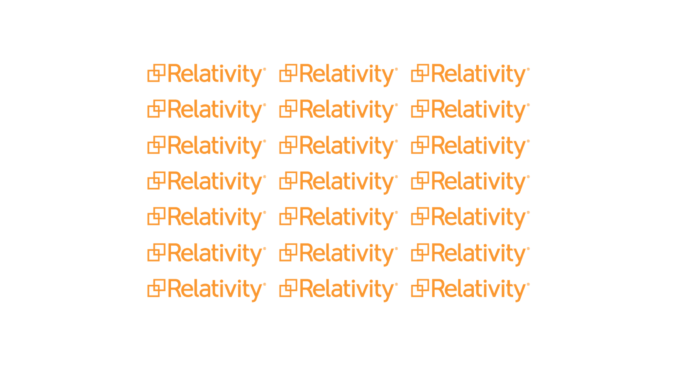
In another example of a large legal tech company going for a redesign to boost user experience (UX) and provide a better user interface (UI), Relativity has launched Aero UI.
The eDiscovery-focused company said that Aero UI gives the same capabilities as RelativityOne, its current cloud-based system, but with ‘a new intuitive user interface streamlining processes and ultimately increasing efficiency’.
Earlier today LexisNexis formally launched its Lexis+ research platform, ostensibly a relaunch of its Advance platform, but with added features and guided by design thinking to improve user experience (UX).
Which raises the question: are legal tech companies now pushing hard on UX to gain competitive advantage? And does this mean all those essays and conferences on legal design and design thinking are having an impact….at least on the tech vendors?
Chris Brown, Chief Product Officer at Relativity, said: ‘Aero UI embodies a bold move towards a default simple and optionally advanced interface with a focus on improving time-to-value for users. This simply powerful mindset goes beyond Aero UI; it’s the catalyst driving a paradigm shift in how Relativity builds experiences for and – more importantly – with our customers.’
This new client-centric approach is expressed through:
- ‘Modern Aesthetics – The teams took a data-driven UX approach to restyled pages across the platform to improve usability. The tool now looks and feels more contemporary, including usability improvement through clearer button definition, fewer items on the screen by default and more obvious page hierarchy.
- Next-Gen Viewer – A rearchitected document viewer offers faster performance and navigation throughout review, including faster doc-to-doc speeds and cleaned-up icons and text.
- Workflow-Based Navigation – Makes it easier for users to find what they need and improves how users navigate between pages to accomplish tasks and follow a more logical workflow.
- Faster Performance – There has been an 81% improvement in jump-in times and 40% improvement in page load times.
- Automated Workflows – Users can automate and templatize manual work in RelativityOne to eliminate steps in the case set up process to reduce human error and focus on more value-add work.’
The company added that this new design or ‘rearchitecting‘ as they call it, was heavily influenced by client feedback and they engaged with customers on early design concepts and did hands-on testing.
P.S. they’ve also created another new word: ‘templatize’ i.e. (Verb) to create a template. The English language is all the richer for it.